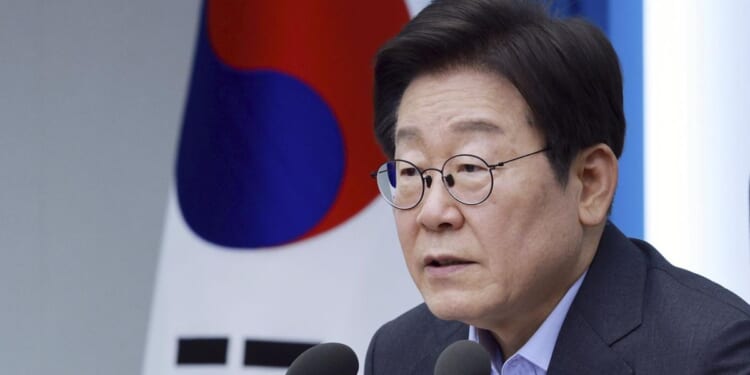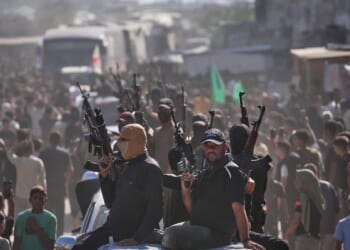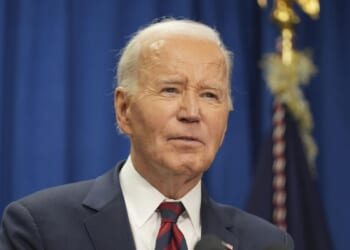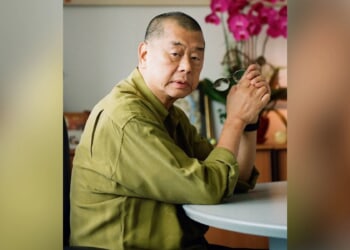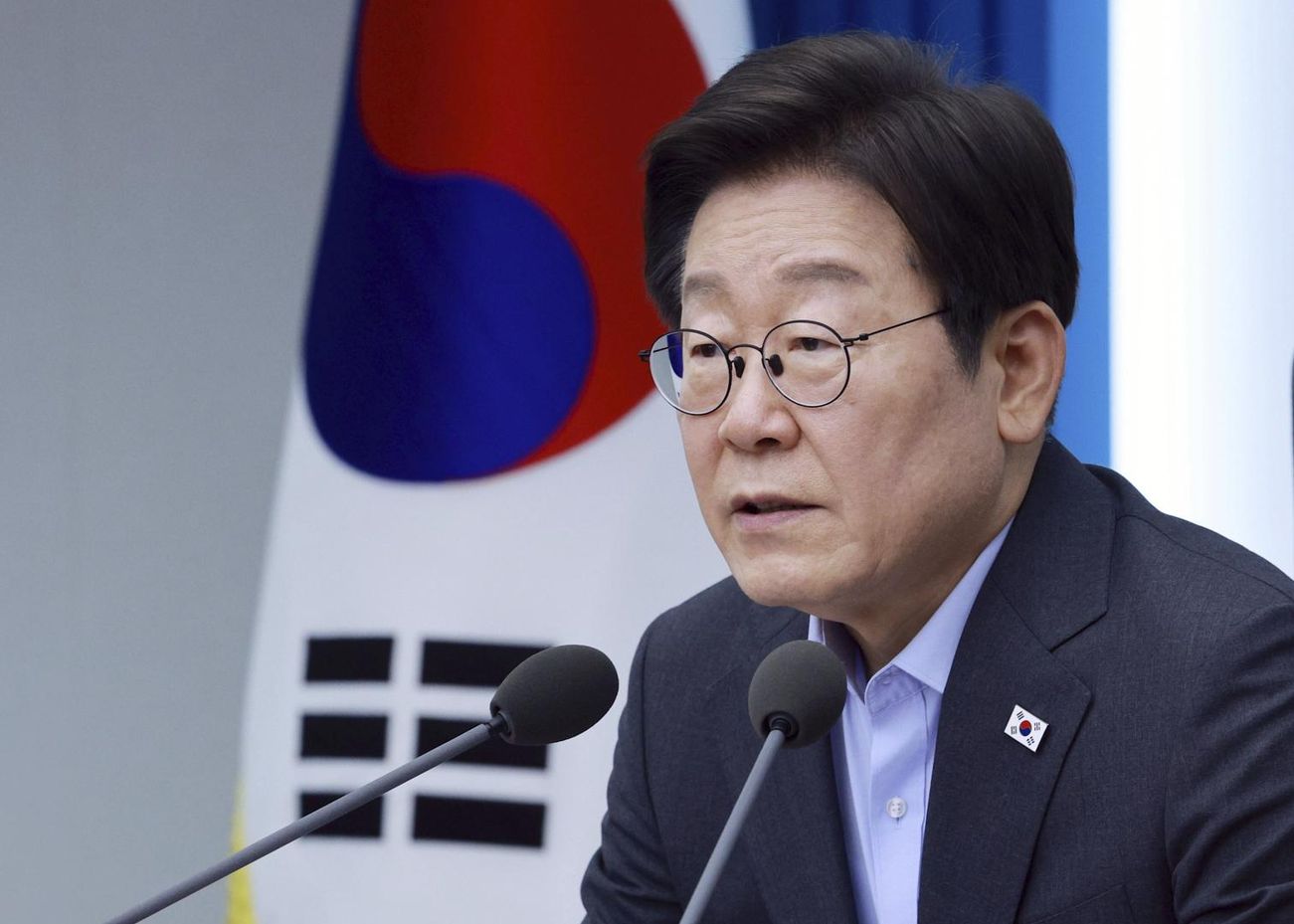
SEOUL, South Korea – They were talking on different continents, and their messages were equally far apart: While South Korea’s president spoke of massively expanding arms exports, NATO military leaders demanded that new weapons be battle-tested in Ukraine.
That demand presents issues for Korea Inc.
Seoul’s policy has long been to not sell arms to nations at war. And South Korea has declined to arm Kyiv in its three-year-old battle against Russian invaders, while clinging to ties with Moscow.
Meanwhile, North Korea’s troop deployment to Kursk and arms transfers to Russia are giving valuable battlefield feedback.
At the Seoul Aerospace and Defense Exhibition 2025, or ADEX, last month, South Korean President Lee Jae-myung referred to a “great dream: To make Korea one of the world’s top four defense industry powers.”
Meanwhile, at the Association of the U.S. Army conference, also last month, high-ranking military personnel from Denmark, Finland and Latvia insisted that stress-tests on Ukraine’s frontlines were purchase prerequisites.
“For new [supply] chains and new technologies, I’m never going to buy anything that hasn’t worked in Ukraine,” Maj. Gen. Peter Harling Boysen, chief of the Royal Danish Army, said per Breaking Defense.
Finland’s army chief concurred. Lt. Gen. Pasi Välimäki said that while AUSA exhibits were “nice,” proof from Ukraine that “the product works” is the only way to grab his interest.
“We have had too many stories, I think, over these years in Ukraine [where] the best technology solutions were deployed, and suddenly they didn’t work as they were kind of supposed to,” Latvian Defense Minister Aivars Puriņš said.
The arms bazaar
Mr. Lee’s “Top four” hopes are typical of Korean political and industrial leaders, who have a long history of demanding local sectors ascend global rankings. In many cases, the pressure worked.
Today’s South Korea is an uber-efficient manufacturing powerhouse and world-leading supplier of ships, chips, cars and digital devices. Weaponry is coming into focus.
Yet, despite a post-2022 surge in sales of mobile artillery, tanks, multiple rocket launchers, air defense systems and jet aircraft to nations as distant as Australia, Indonesia, Norway and Turkey, Korea’s armaments sector has a long way to go to reach the top four.
Korea was the world’s 10th largest arms exporter from 2020-2024, commanding 2.2% of the global market, according to 2025 data from the Stockholm International Peace Research Institute. No. 4, China, is far ahead with 5.9%.
Data shows Korea’s market share has risen modestly: From 2.1% in the 2015-2019 period to its current 2.2%.
The combination of huge sales increases and modest market share is explained by the surge in arms sales driven by the Ukraine War, boosting armorers around the world.
Still, Korea’s trajectory suggests it could overtake the seventh-ninth largest arms exporters – the U.K., Israel and Spain, respectively. All are seeing falling market share, per the Stockholm research institute.
While the Ukraine conflict has pumped up arms sales due to extensive burn-through rates of munitions and equipment, it also has driven innovation – notably in drone warfare.
Drone vs. anti-drone war
If World War I was the war of the trench, World War II the war of the tank and Vietnam the war of the helicopter, Ukraine is the war of the drone. Never before have such vast numbers or varied classes of unmanned aerial vehicles been deployed in such intense combat.
At ADEX, considerable expo space was devoted to drones and technology to counter drones.
European arms maker MBDA displayed a mock-up of its modular, scalable anti-drone platform “Sky Warden.” It includes medium-range Mistral missiles and a laser with a 1.2-mile range, capable of burning through drone fuselages.
Disposable mini-drones can be fitted with drop nets to snare quadcopter rotors or destroy them with explosive warheads. Jamming systems also can be added.
The array is linked to a sensor array, integrating radars, radio-frequency finders and electro-optics.
Both arrays are synched to a command suite, empowered with artificial intelligence to identify acquired targets. “The only choice the operator makes is which target to hit,” a representative said.
The system can be deployed statically to defend ground targets such as headquarters, airports or stadiums or be mounted on vehicles to accompany mobile units.
It aims to be fast, cost effective and non-alarming.
“For stadium defense you don’t want jets flying around, and you may not have time to get jets airborne,” the company official said.
South Korea’s Hyundai Wia did not offer a mockup at ADEX: It showcased its actual vehicle-mounted counter-UAV system.
It is modular, with roof-mounted weapons. The soft kill option is a GPS jammer, with a 6-mile range. Hard kill options include a 40mm automatic grenade launcher with a range of 0.9 miles, or a laser with a range between 109 yards and six-tenths of a mile.
The system is synched to a radar with a 6-mile sweep and an in-vehicle command suite. “It can move with tanks or troops, or can be parked to defend, say, an airbase,” a company representative said.
The difference between the two? Experience.
MBDA’s Mistrals have seen widespread deployment, while Hyundai’s system “has not been used yet,” its representative admitted.
For Ukrainian Andrei Liscovich, who travels the world procuring dual-use items requested by specialist frontline units of the Ukrainian Armed Forces, the difference is critical.
When acquiring a new weapon, “the default assumption should be, ’It does not work,’” he said. “We went from 2022, when it was a privilege to be asked to test Western weapons, to an imposition now: We’ve gotten drones with outdated pilot software and non-hardened data links.”
Many defense companies established sales offices, not research and development, in Kyiv, he said. That meant they could not make the quick fixes warfighters demanded.
“There are so many nuances you cannot get from talking to someone second hand,” he said.
Others question whether all new arms require frontline exposure.
Core Korean exports, such as the K9 self-propelled howitzer and the K2 tank do not require battle-testing, said Yang Uk, a security expert at Seoul’s Asan Institute: The capabilities and limitations of their weapons classes are known.
That is not the case for cutting-edge military technology, he said.
“Things like loitering munitions should be tested in the war in Ukraine,” he said. “Those are not [Korean armorers’] major sales items, but if they were, they would have to sell or donate to Ukraine for battle testing.”

